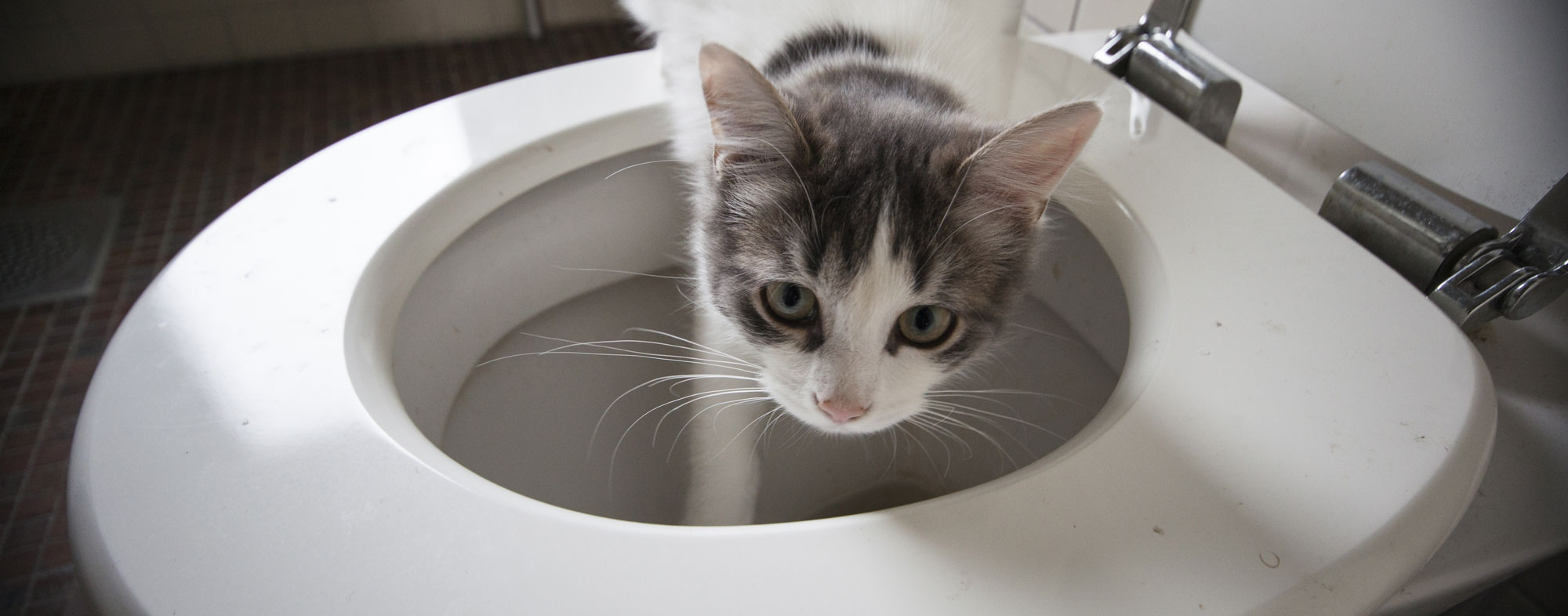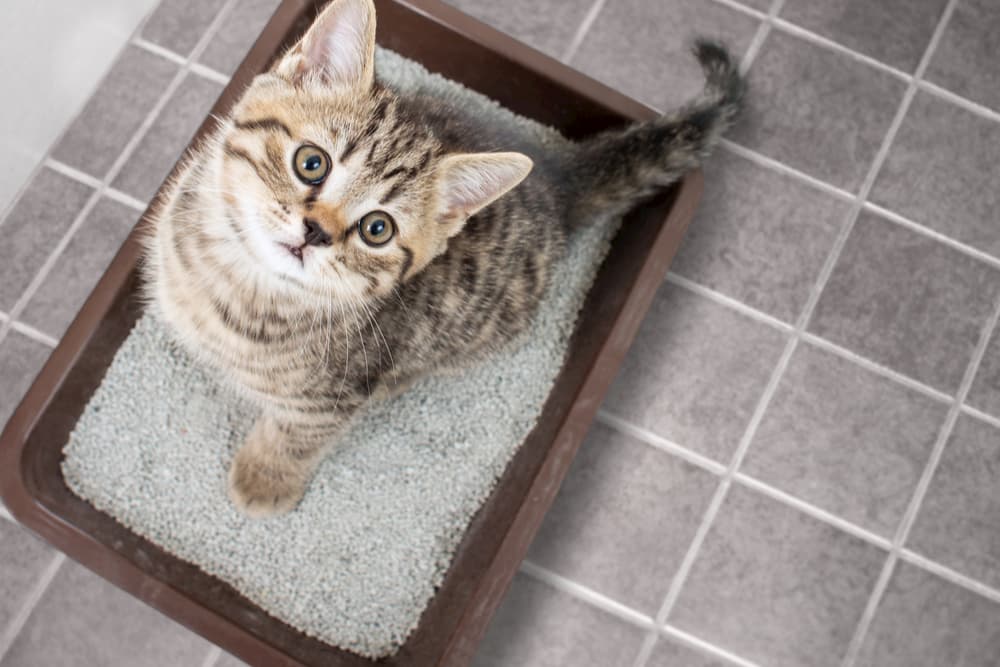An Risks of Flushing Animal Waste Down the Toilet
An Risks of Flushing Animal Waste Down the Toilet
Blog Article
This great article which follows on the subject of Don't Flush Your Pets Poo Down The Loo, Vet Warns is highly fascinating. You should look it over.

When it involves disposing of waste, particularly animal waste, many people commonly turn to the hassle-free choice of flushing it down the toilet. However, this apparently very easy option can have significant consequences for the atmosphere and public health. In this write-up, we'll check out why flushing pet waste down the toilet is a bad idea and provide alternative methods for proper disposal.
Intro
Correct waste disposal is crucial for maintaining environmental sustainability and public health. While it might seem safe to flush animal waste down the commode, it can lead to different issues, both for the setting and human wellness.
Dangers of flushing animal waste
Environmental impact
Flushing pet waste introduces harmful bacteria and pathogens right into rivers, which can adversely affect water communities. These virus can contaminate water resources and injury aquatic life, disrupting delicate environments.
Public health worries
Pet waste includes unsafe germs such as E. coli and Salmonella, which can present significant health and wellness dangers to people. Flushing pet waste down the toilet can contaminate water supplies, causing the spread of conditions and infections.
Alternatives to flushing
Instead of flushing animal waste down the toilet, there are numerous different disposal approaches that are more environmentally friendly and hygienic.
Composting
Composting animal waste is a green way to get rid of it. By composting, organic matter is broken down into nutrient-rich dirt, which can be used to fertilize gardens and plants.
Landfill disposal
Taking care of animal waste in a garbage dump is one more alternative. While not as eco-friendly as composting, it is a safer option to flushing, as it prevents the contamination of water sources.
Pet dog waste disposal systems
There are customized pet waste disposal systems available that safely and hygienically get rid of animal waste. These systems typically use enzymes to break down waste and remove smells.
Actions to correct pet garbage disposal
To make sure proper disposal of pet waste, follow these steps:
Scooping and bagging waste
Consistently scoop and bag pet waste making use of eco-friendly bags. This protects against waste from infecting the atmosphere.
Making use of designated waste containers
Dispose of bagged animal waste in marked waste containers, such as garden compost bins or land fill containers. Avoid flushing it down the bathroom at all costs.
Cleaning can and pet locations consistently
Regularly tidy can and pet areas to avoid the accumulation of waste and microorganisms. Use pet-safe cleansing products to preserve health.
Advantages of appropriate disposal approaches
Adopting proper disposal techniques for animal waste uses a number of advantages:
Reduced environmental pollution
Appropriate disposal techniques decrease the risk of environmental pollution, protecting rivers and ecosystems from contamination
Lessened risk of water contamination.
By avoiding flushing pet waste down the toilet, the risk of water contamination is significantly reduced, guarding public health.
Improved hygiene and hygiene
Proper disposal methods promote far better cleanliness and health, developing a much safer atmosphere for both people and pets.
Final thought
Finally, purging pet waste down the commode is hazardous to the setting and public health. By embracing alternative disposal methods and adhering to proper waste administration practices, we can decrease the unfavorable influence of pet waste and add to a cleaner, much healthier planet.
What To Do With Dog Poo – The Do's And Don'ts Of Disposing Of Faeces
Dog poo bins
Some councils provide dedicated dog waste bins in popular dog-walking areas that can take dog poo that has been bagged but you can legally dispose of dog waste in any public litter bin, as long as it is securely bagged. This also applies to your wheelie bin at home.
Do not flush
Water companies do not recommend flushing dog faeces down the toilet because certain parasites can survive the water processing treatment and are potentially harmful to humans. You should also never consider flushing dog poo that has been bagged down the toilet as the bags will not break down and instead create severe blockages in the sewage system.
In the woods
The Forestry Commission promotes a ‘stick and flick’ method for dealing with waste in the woods. This means finding a stick and using it to flick any poo from off the path so that it is out of the way of other walkers. You could also bury it as long as it is not in an area where there might be livestock.
Livestock
Parasites found in dog poo can be transmitted to livestock if they inadvertently eat infected faeces that has been left on grazing land. This could result in the death of sheep or abortion in cattle so you should always make sure you pick up your dog’s waste in fields where livestock could be present.

Regularly tidy can and pet areas to avoid the accumulation of waste and microorganisms. Use pet-safe cleansing products to preserve health.
Advantages of appropriate disposal approaches
Adopting proper disposal techniques for animal waste uses a number of advantages:
Reduced environmental pollution
Appropriate disposal techniques decrease the risk of environmental pollution, protecting rivers and ecosystems from contamination
Lessened risk of water contamination.
By avoiding flushing pet waste down the toilet, the risk of water contamination is significantly reduced, guarding public health.
Improved hygiene and hygiene
Proper disposal methods promote far better cleanliness and health, developing a much safer atmosphere for both people and pets.
Final thought
Finally, purging pet waste down the commode is hazardous to the setting and public health. By embracing alternative disposal methods and adhering to proper waste administration practices, we can decrease the unfavorable influence of pet waste and add to a cleaner, much healthier planet.
What To Do With Dog Poo – The Do's And Don'ts Of Disposing Of Faeces
Dog poo bins
Some councils provide dedicated dog waste bins in popular dog-walking areas that can take dog poo that has been bagged but you can legally dispose of dog waste in any public litter bin, as long as it is securely bagged. This also applies to your wheelie bin at home.
Do not flush
Water companies do not recommend flushing dog faeces down the toilet because certain parasites can survive the water processing treatment and are potentially harmful to humans. You should also never consider flushing dog poo that has been bagged down the toilet as the bags will not break down and instead create severe blockages in the sewage system.
In the woods
The Forestry Commission promotes a ‘stick and flick’ method for dealing with waste in the woods. This means finding a stick and using it to flick any poo from off the path so that it is out of the way of other walkers. You could also bury it as long as it is not in an area where there might be livestock.
Livestock
Parasites found in dog poo can be transmitted to livestock if they inadvertently eat infected faeces that has been left on grazing land. This could result in the death of sheep or abortion in cattle so you should always make sure you pick up your dog’s waste in fields where livestock could be present.

We were guided to that write-up on from a buddy on another web blog. Remember to take the time to distribute this entry if you enjoyed reading it. I thank you for reading our article about Can You Flush Dog and Cat Poo Down the Toilet?.
Automated Marketing Report this page